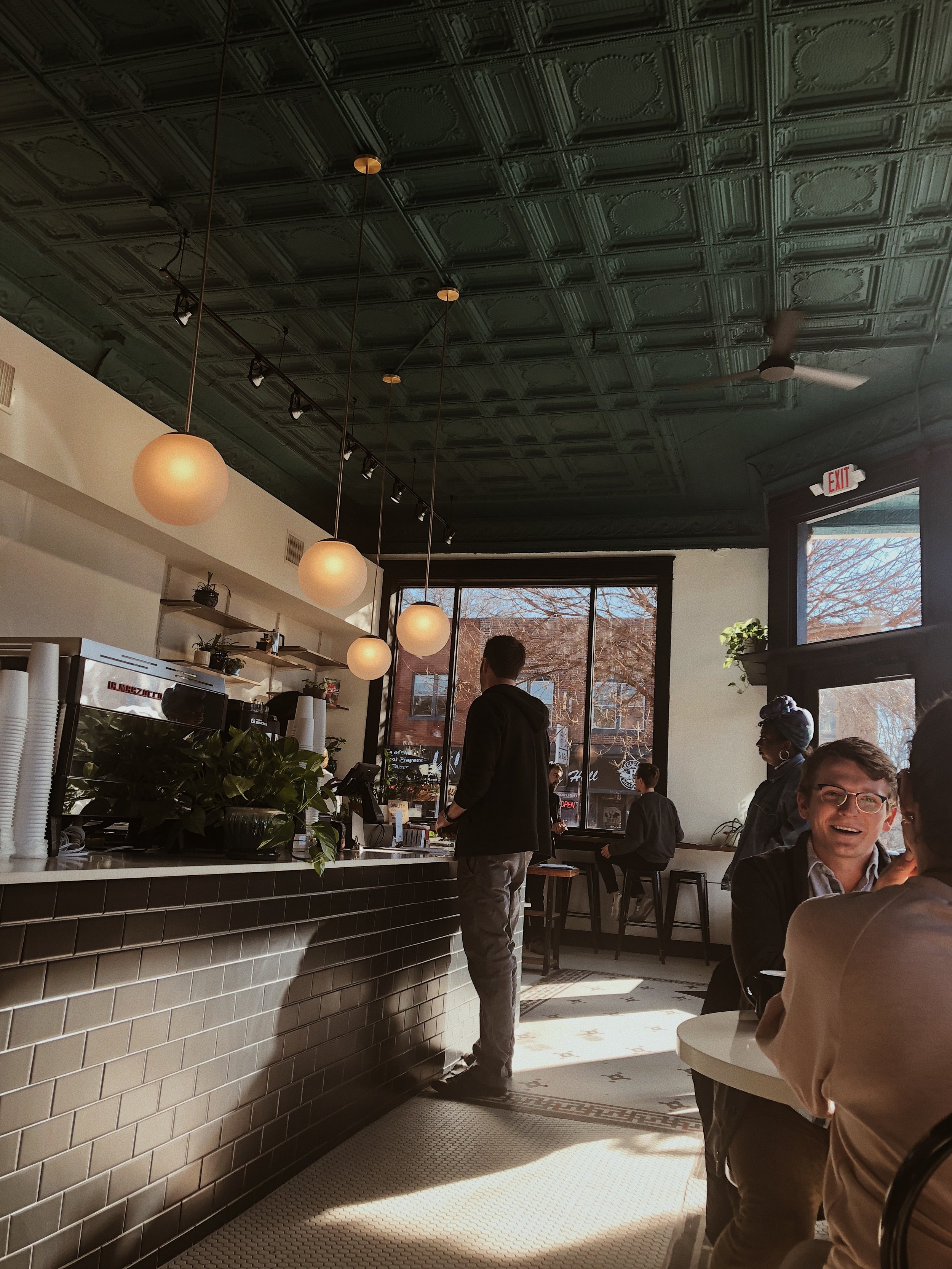If you ever decide to travel to another country, you will see humans across the globe accomplish the same tasks everyday in slightly different ways. We go to work, we spend time with friends, we eat meals; these are normal daily occurrences, however, they can come in many forms.
In the same way, the global coffee culture comes in all shapes and forms depending on where you find yourself. After moving to China only 4 months ago, the differences are drastically apparent.
For many Americans, coffee is not only a beverage to consume, but a means to an end. Reasons why you might find people drinking coffee vary.
Some consumers feel the necessity to begin each day with this specific caffeine boost, whether it comes from a home brewer or from a cafe.
Customers will go to cafes to work or study in a comfortable atmosphere, away from distractions at home or around coworkers.
Other customers will meet with friends for fun hangouts or serious heart-to-heart conversations. Most cafes aim to create an atmosphere to welcome people in and invite them to stay for a while.
Common features of cafes are either bright windows and a clean, simple arrangement, or a dimly lit space with comfortable, homey decor. Most customers find their favorite spot and develop a deep sense of loyalty to their shop.
For a customer, loyalty develops not only through the atmosphere or even the quality of coffee, but through the interactions with the staff.
Baristas are crucial to the vibe of a shop. They set a tone for the customer as soon as they walk in the door.
Baristas are seen as a source of information and support for a curious guest, but also offer a friendly face and a good conversation to accompany their beverage. It is not even uncommon for a cafe regular to become close friends with their barista because they might end up seeing them everyday.
This business in America also acts as a gathering point for community. Many small shops host events, concerts, artist showcases, discussion nights, tastings, and other group activities to connect people with their fellow coffee-loving brothers and sisters. Coffee is just the beginning point that brings people together to share their interests and passions.
Most coffee shops serve similar beverages: lattes, black coffee, cappuccinos, however, the definition of each of these drink can vary wherever you go. Popular second wave stores, such as Starbucks, have created a culture that has strayed away from the traditional methods and use their own definitions.
For many Americans, drinking coffee in the afternoon or evening is exclusively a social event. Going to a friend’s home for a leisurely afternoon chat or having a cup with dessert after dinner are all common occurrences, however this coffee will almost always be decaf.
Decaffeinated coffee, alternative milks (skim, almond, oat, etc.), and various types of syrups (caramel, chocolate, vanilla, etc.) and creamers are all expected components for an American coffee drinker. We are all about individualism and that identity does not stop with the coffee we drink.
The coffee as an industry in the US is growing rapidly with stores like Onyx, Cat & Cloud, and Blue Bottle Coffee, who have become not only nationally but internationally recognized for the work they have done to develop their product and exemplify excellence in what they create. In some instances, full-time barista is becoming a salaried job with benefits. There are global competitions to showcase the perfect cup of coffee or latte art or brewing method (at least for the current year).
The idealized part-time job of the early 2000’s is now becoming a career path for those who aren’t afraid of hard work and customer service. It is a job that requires the continuous sharpening of skills and constant vigilance over changing trends in order to stay relevant in the coffee industry.
Coffee is a staple in many Americans’ lives and provides not only tasty treat and a caffeine boost, but also a centralized space for people to gather and express their passions.

































